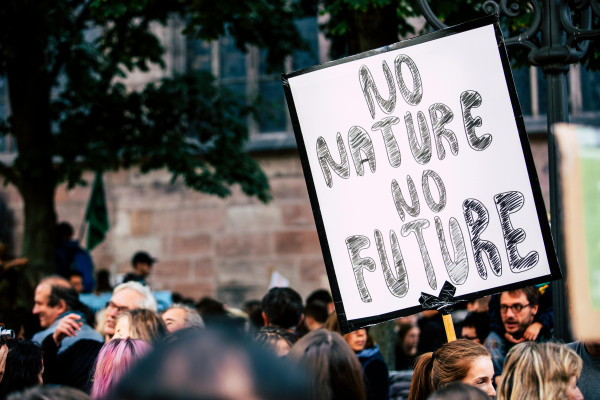The quest to “master nature” to serve human needs has led to unintended and alarming consequences. News today is rife with startling reminders of how climate change is affecting people around the world, from wildfires and floods to the loss of biodiversity and even human lives. But what exactly is climate change?
Climate change refers to the long-term transformation of Earth’s weather conditions. The phenomenon is caused by a number of natural and human-induced factors. Imagine the Earth as a giant greenhouse. Normally, the sun’s heat comes in and keeps things warm enough for us to live comfortably. But when we burn fossil fuels like coal, oil and gas for energy, we release extra gases into the air. These gases trap more heat, making our “greenhouse” warmer than it should be. This leads to glaciers melting, sea levels rising, and weather events like hurricanes and droughts becoming more extreme and frequent.
The growth and prosperity of businesses and organizations around the world should not come at the cost of the environment. While the challenge might seem overwhelming, there is a path to a sustainable future. Here, we explain some key terms related to climate change, such as greenhouse gases and net zero, and also uncover some of the tools organizations can adopt to address climate change and promote development in an integrated and balanced way.
Greenhouse effect
Climate change is largely caused by a process called the greenhouse effect. When the sun’s energy reaches the Earth, some of it is reflected back to space, while the rest is absorbed and re-radiated by greenhouse gases. These gases include water vapour, carbon dioxide, methane, nitrous oxide, and other gases naturally present in the atmosphere.
Think of it as a blanket. Just as a blanket keeps you warm by trapping body heat, greenhouse gases keep the Earth warm by trapping heat from the sun. This heat helps to maintain the Earth’s average temperature, making it hospitable for life as we know it.
In recent years, however, human activities, particularly the burning of fossil fuels and deforestation, have increased concentrations of these greenhouse gases. The result? An increase in global temperatures that is fundamentally altering the planet’s climate system.
Net zero
As global temperatures continue to rise, the Earth’s natural equilibrium is disrupted. Unless we manage the vast amount of greenhouse gas emissions, we will not be able to avert the impending climate crisis. Achieving “net zero” refers to maintaining an overall balance between the greenhouse gases emitted and those removed from the atmosphere. This means that any emissions must be fully compensated, or offset, by the removal of an equivalent amount of CO2 over a given period of time.
Net zero is our most potent weapon to combat the climate crisis. Embracing the shift towards net-zero emissions provides environmental benefits as well as economic, social and health advantages. That’s why many countries, companies and organizations are currently working towards ambitious net-zero targets as part of concerted international efforts to combat the catastrophic effects of climate change.
Is net zero the same as carbon neutral? How do we reach the world’s net-zero targets? Find all the answers and more in our article “Embracing net zero: A crucial step towards a sustainable future”.

